COP28 is here and Christmas is just around the corner. With this in mind, if we want to try and do our part to help in the fight against climate change, we must change some of our festive habits. Christmas is the most wasteful time of year. Consumerism hits its peak. Food waste increases dramatically. Landfills are overwhelmed with unwanted gifts and wrapping. But it doesn’t have to be like this. We can all change some of our Christmas practices to benefit the planet. Here are some tips to keep in mind this festive season to reduce the damage to our planet.

Decorations
- Make your own Christmas decorations! It’s cheaper than buying new ones. It is a fun festive activity. Most importantly it negates harm to the environment! There are many guides to making different handmade decorations all over the internet. DIY decorations are more personal and unique, making them special for years to come.
- Re-use old decorations. This might be a given, but you would be surprised how many people want to have a new ‘look’ every year. Instead of spending more money, use the same decorations from previous years.
- Switch to LED lights. They’re much more energy efficient. This saves you money and the environment. Plus, they don’t get too hot, so are safer.
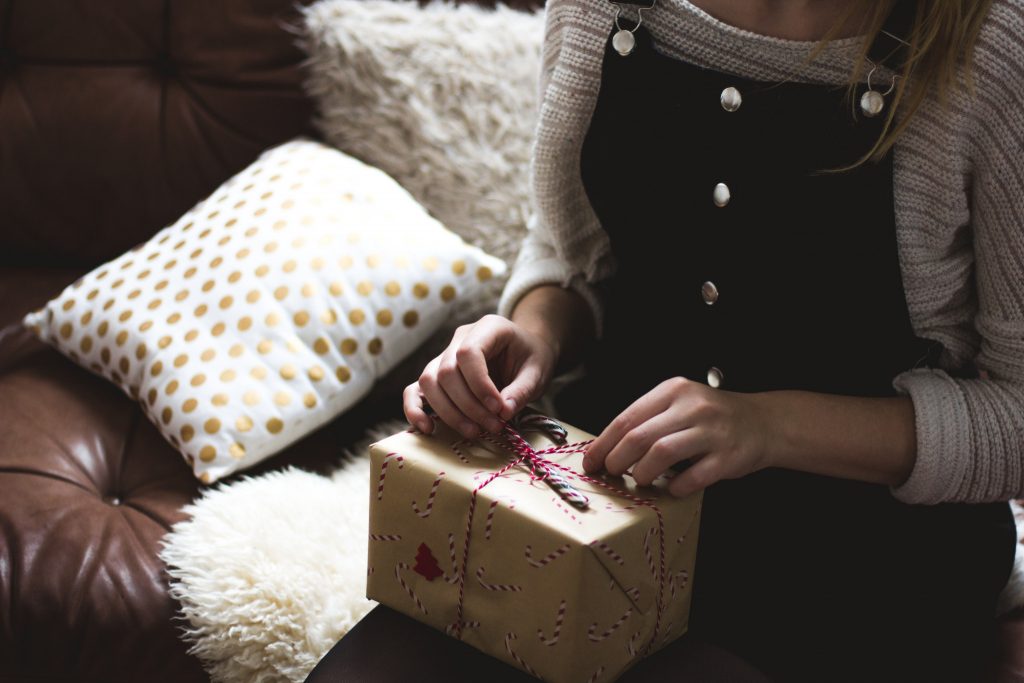
Wrapping
- Buy recyclable wrapping paper. Most wrapping paper is not recyclable, thus ends up in landfills. Check the labels and conditions of recycling. Most shiny wrapping paper is not recyclable.
- Use deadstock fabric to wrap presents. It can be reused year after year. It often doesn’t require tape. Also, it’s easier to wrap odd-shaped gifts!
- Make your own wrapping paper. There are many DIY instructions online. You can decorate it how you want. Stamps are a great way to do this.
- Steer away from plastic ribbon and glittery wrapping paper as these are not recyclable.
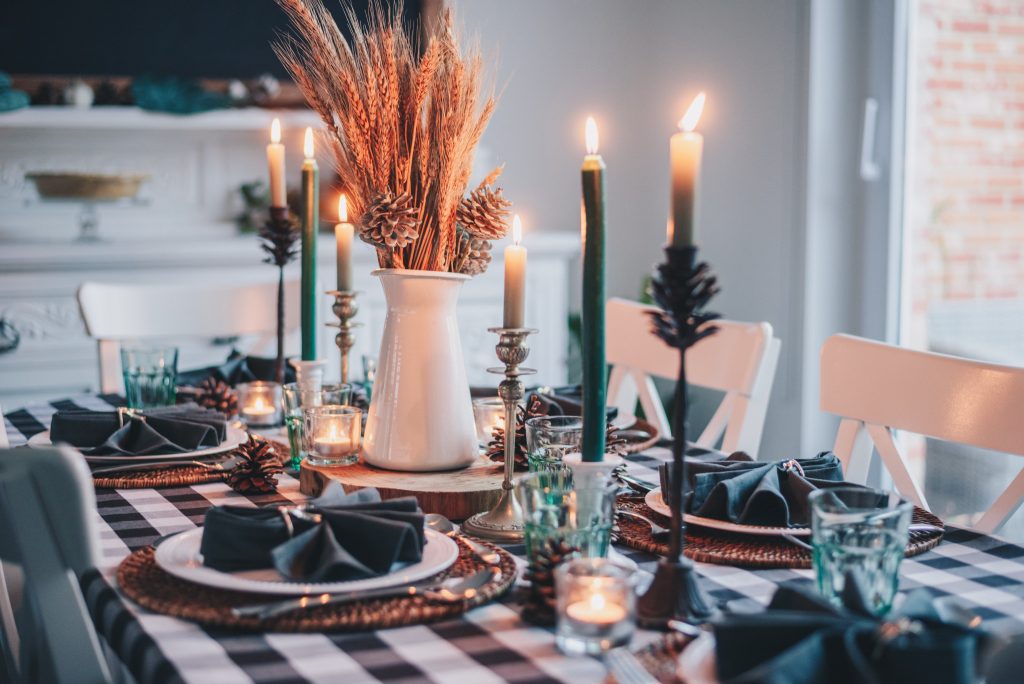
Food
- Swap out meat in your Christmas dinner. There are many alternatives such as a nut roast or Quorn chicken etc. Or switch it up and have a completely different vegetarian dinner!
- Eat seasonally. Avoid buying produce that is not in season to lower your carbon footprint.
- Reduce your food waste. Only buy what you will eat. A big festive dinner looks great but how much of it do you actually consume? This waste ends up in landfills. When food breaks down it releases methane. This is a seriously harmful greenhouse gas. Ignore the supermarket promotions enticing you to buy more. Only buy what you will use!
- Use all your leftovers, or let your guests take some home with them. There are many recipes available online. Here’s some to help you get started.
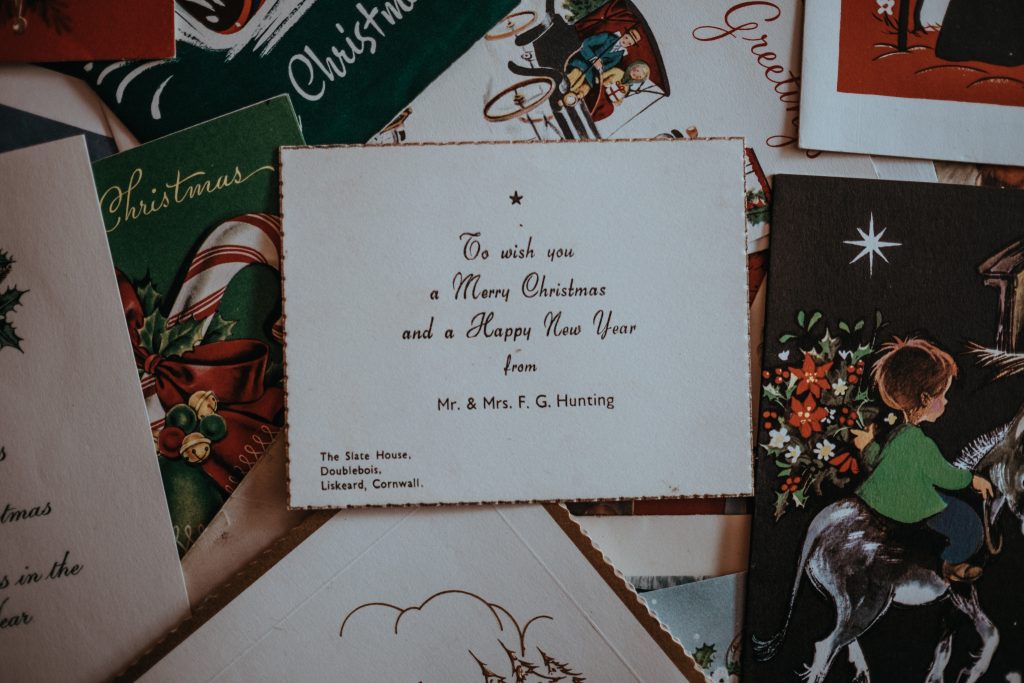
Cards
- Make handmade cards. It is more personal and cost effective. Also, it’s a great festive activity. Most people would appreciate personalised card more than a shop-bought one.
- Buy recyclable cards. Make sure they are labelled as recyclable and check what sort of packaging they come in.
- Send E-cards instead. Especially if the card must travel a long way. They’re inexpensive, send instantly and they have a lower carbon footprint.
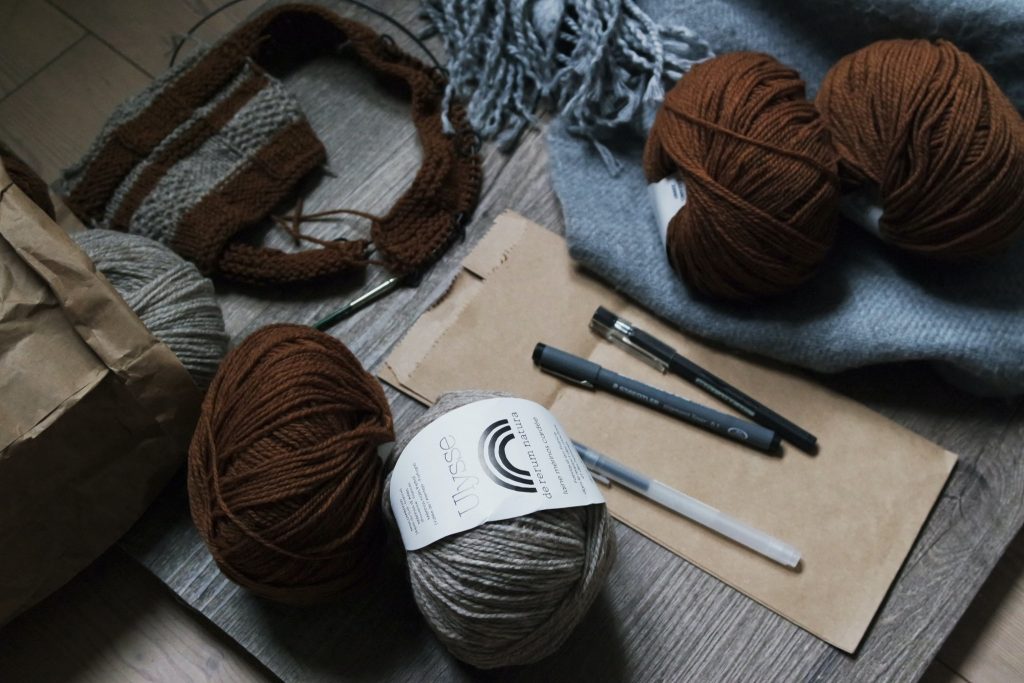
Festive Dress
- Re-wear old Christmas jumpers. You don’t need to keep buying new ones.
- Make your own wearables by knitting or sowing etc. There are many patterns online to use. These can also make great gifts!
- If you just have to have something new for Christmas, shop secondhand!
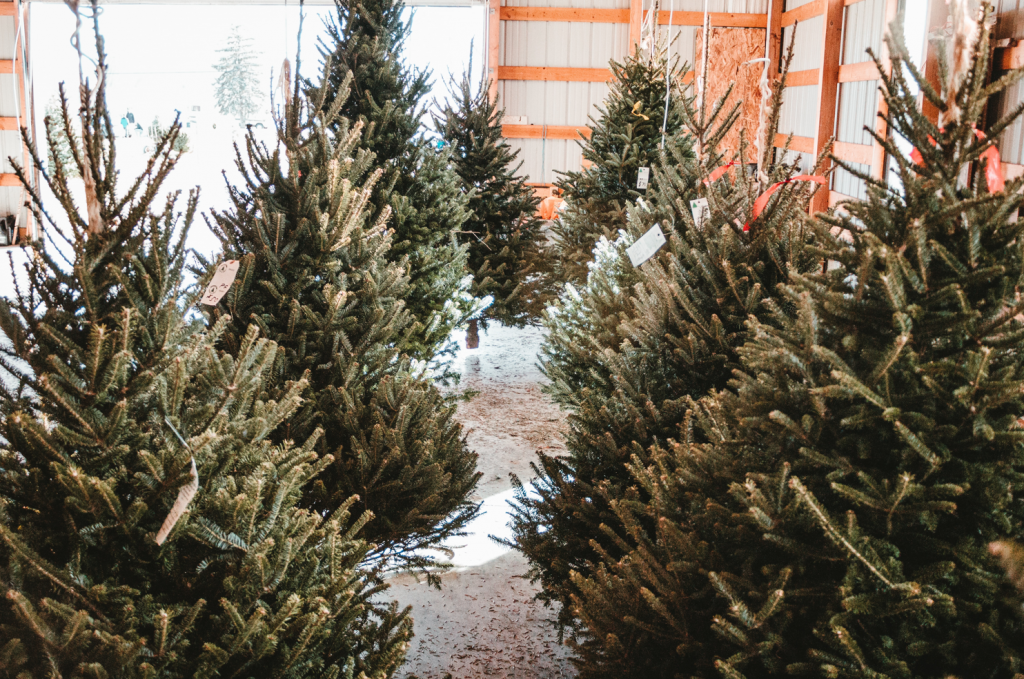
Trees
- When buying a real Christmas tree, check how it’s grown. Many are sprayed with toxic pesticides which are bad for the planet and wildlife!
- Arrange for your real trees to be composted or do it yourself. Many recycling points will dispose of it for you. Check with your local council online.
- Use a potted tree. Can be reused year after year, saving you money and lowering your carbon footprint.
Implementing just a few of these ideas will help our fight against climate change. Remember there is no Christmas on a broken planet! If you want more sustainable Christmas ideas, look out for my next blog which will talk about sustainable gifts.
By Jenny Hall, SGO Project Officer
 Sustainability
Sustainability Bethany Climpson
Bethany Climpson 695
695


